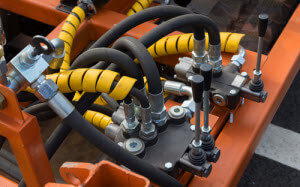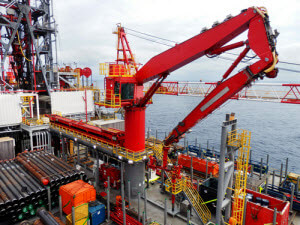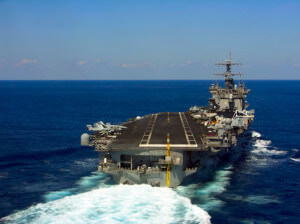Valves and Fittings for the Shipbuilding and Marine Industries
When it comes to shipbuilding, it is fundamentally true that the sum is only as good as the parts. If the building-block components of the ship are not carefully constructed and trustworthy, there may be serious issues down the road for the ship. CPV Manufacturing understands the vital importance of marine plumbing fittings, marine pipe fittings, marine pipe valves, and boat plumbing fittings in the shipbuilding industry. When you are determining where to source your valves and fittings from, you will need to find a company that can deliver safe and reliable products that will guarantee the quality of your ship.
Valves and fittings are not uncommon anywhere fluids need to move through pipes; however, the shipbuilding industry requires special parts that can accommodate specific environmental factors such as salt water. A variety of valves and fittings are used throughout the ship, based on how the machinery systems need the liquid to move through the system. Common marine plumbing fittings and marine pipe fittings are elbows, plugs, nipples, and couplings. Marine pipe valves are equally as important, as they control the flow or pressure within the pipes. Boat plumbing fittings are the final piece in managing fluids and transfers within the system. These should be sturdy enough to secure the plumbing fittings. These four component pieces work together to protect the integrity of the entire system.
At CPV Manufacturing, we are passionate about manufacturing the highest-quality marine plumbing fittings, marine pipe fittings, marine pipe valves, and boat plumbing fittings for the shipbuilding industry. We rigorously test our products to ensure they meet the highest standards. Our impeccable standards have made CPV Manufacturing the trusted and reliable leader in the manufacturing of valves and fittings for over 100 years. When you use our innovative O-SEAL® series of valves and fittings, you will know you are using the best products available. If you would like to learn more about the valve and fitting products we manufacture for the shipbuilding industry, contact CPV Manufacturing today!

 Hydraulic systems are made up of numerous parts:
Hydraulic systems are made up of numerous parts: In addition to vehicles and industrial machinery, hydraulic systems can be found on ships. Hydraulic systems on ships are used in various applications. For example, systems used for cargo systems make carrying heavy materials and performing other cargo operations easier and less time consuming.
In addition to vehicles and industrial machinery, hydraulic systems can be found on ships. Hydraulic systems on ships are used in various applications. For example, systems used for cargo systems make carrying heavy materials and performing other cargo operations easier and less time consuming. CPV Manufacturing’s products meet government standards and can be found in many areas of the vessels of the US Navy. These
CPV Manufacturing’s products meet government standards and can be found in many areas of the vessels of the US Navy. These